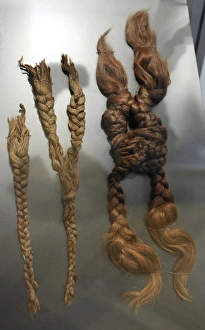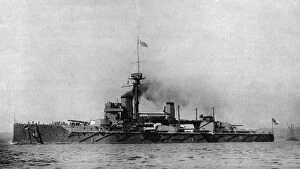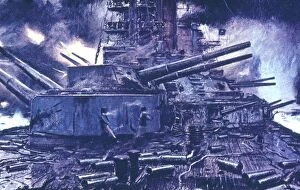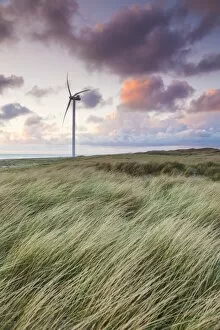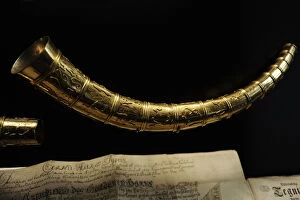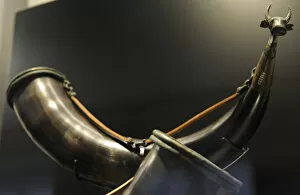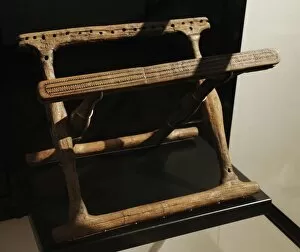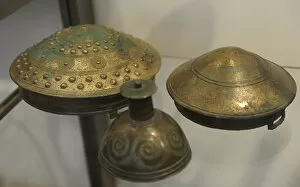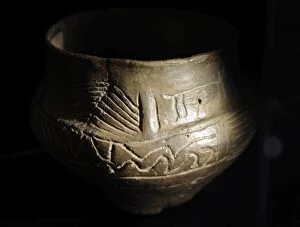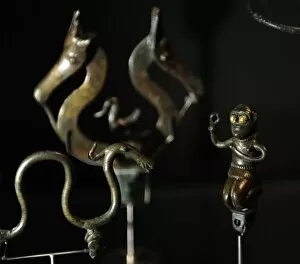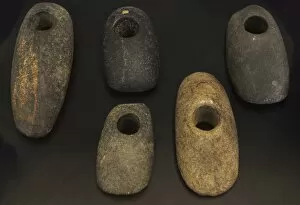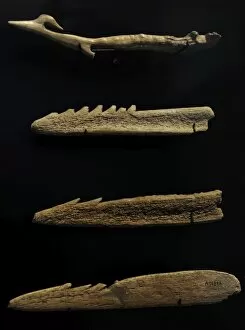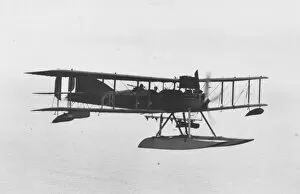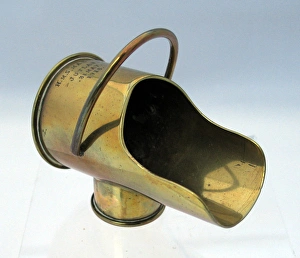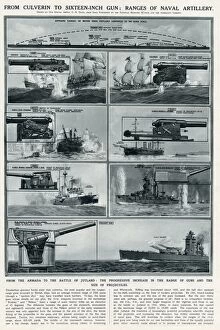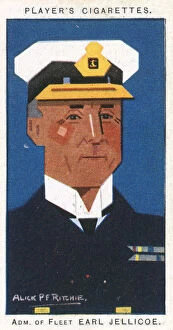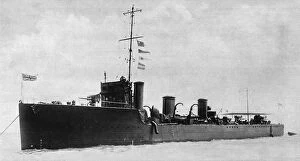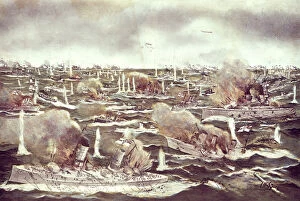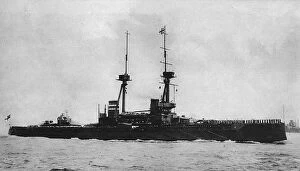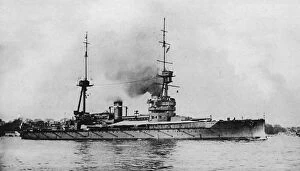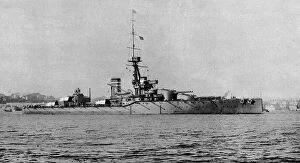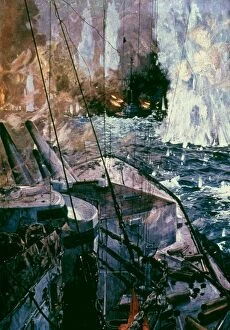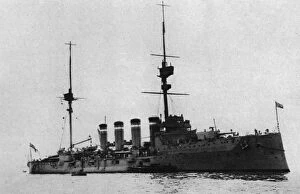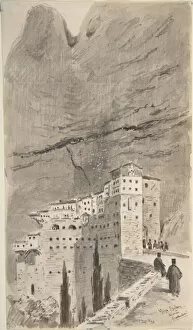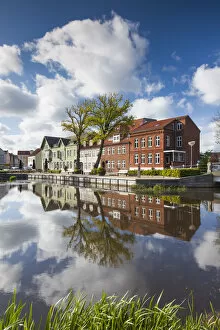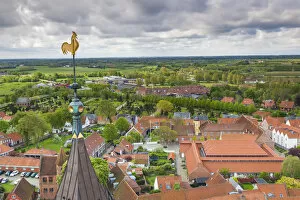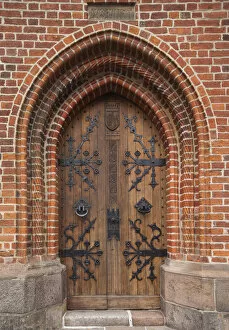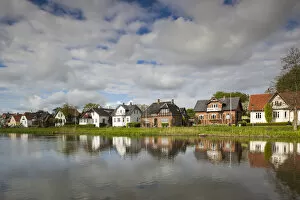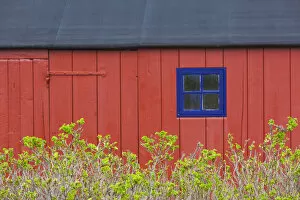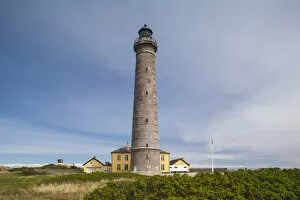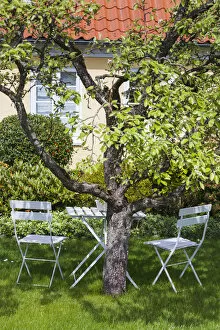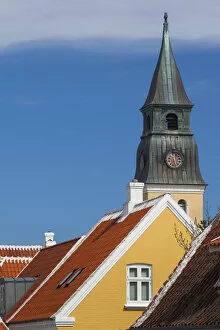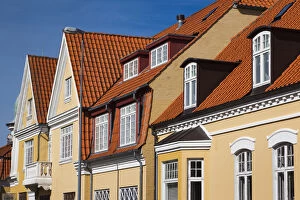Jutland Collection (page 6)
"Jutland: A Historic Battlefield and Viking Legacy" Step into the rich history of Jutland, a region that witnessed both heroic triumphs and devastating losses
All Professionally Made to Order for Quick Shipping
"Jutland: A Historic Battlefield and Viking Legacy" Step into the rich history of Jutland, a region that witnessed both heroic triumphs and devastating losses. In the heart of this Danish peninsula lies the Silkeborg museum, where you can uncover the enigmatic Tollund man found in a nearby peat bog. This ancient discovery serves as a haunting reminder of Jutland's deep-rooted past. One pivotal event etched in history is the Battle during World War I. The mighty HMS Warspite, a British battleship, stood tall amidst fierce naval clashes. Lion Leads in Jutland - an unforgettable phrase that echoes through time, symbolizing Admiral Sir John Jellicoe's leadership during this monumental battle. However, tragedy struck when HMS Lion was hit by enemy fire during the Battle of Jutland. Courageous sailors like John Jack Travers Cornwell fought valiantly on board HMS Indefatigable until it met its tragic fate beneath the waves. Beyond war-torn memories lie captivating cultural treasures. Visit Fyrkat to witness a replica Viking house constructed from oak timber in Hobro, showcasing Denmark's historical heritage. Explore Sonderborg port for breathtaking views and immerse yourself in Scandinavia's charm. Amongst these tales stands young John Cornwell - his portrait capturing innocence lost too soon. Born on 8th January 1900 and tragically passing away on 2nd June 1916 at just sixteen years old due to injuries sustained at sea during the Battle – he became an enduring symbol of bravery. Journey through time as you delve into Jutland's multifaceted narrative - from Vikings to World War I heroes; each chapter reveals layers upon layers of stories waiting to be discovered within this remarkable region.


